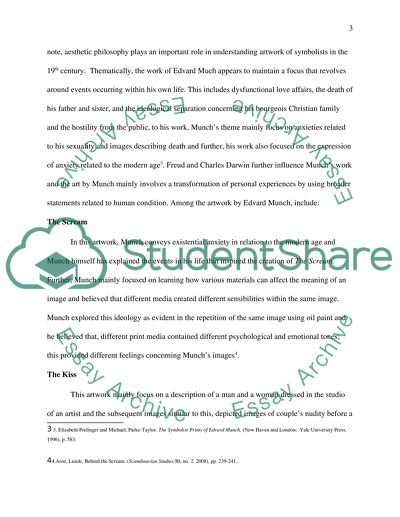Cite this document
(“Symbolism in 19th century art Research Paper Example | Topics and Well Written Essays - 1250 words”, n.d.)
Retrieved from https://studentshare.org/visual-arts-film-studies/1491848-symbolism-in-19th-century-art
Retrieved from https://studentshare.org/visual-arts-film-studies/1491848-symbolism-in-19th-century-art
(Symbolism in 19th Century Art Research Paper Example | Topics and Well Written Essays - 1250 Words)
https://studentshare.org/visual-arts-film-studies/1491848-symbolism-in-19th-century-art.
https://studentshare.org/visual-arts-film-studies/1491848-symbolism-in-19th-century-art.
“Symbolism in 19th Century Art Research Paper Example | Topics and Well Written Essays - 1250 Words”, n.d. https://studentshare.org/visual-arts-film-studies/1491848-symbolism-in-19th-century-art.


